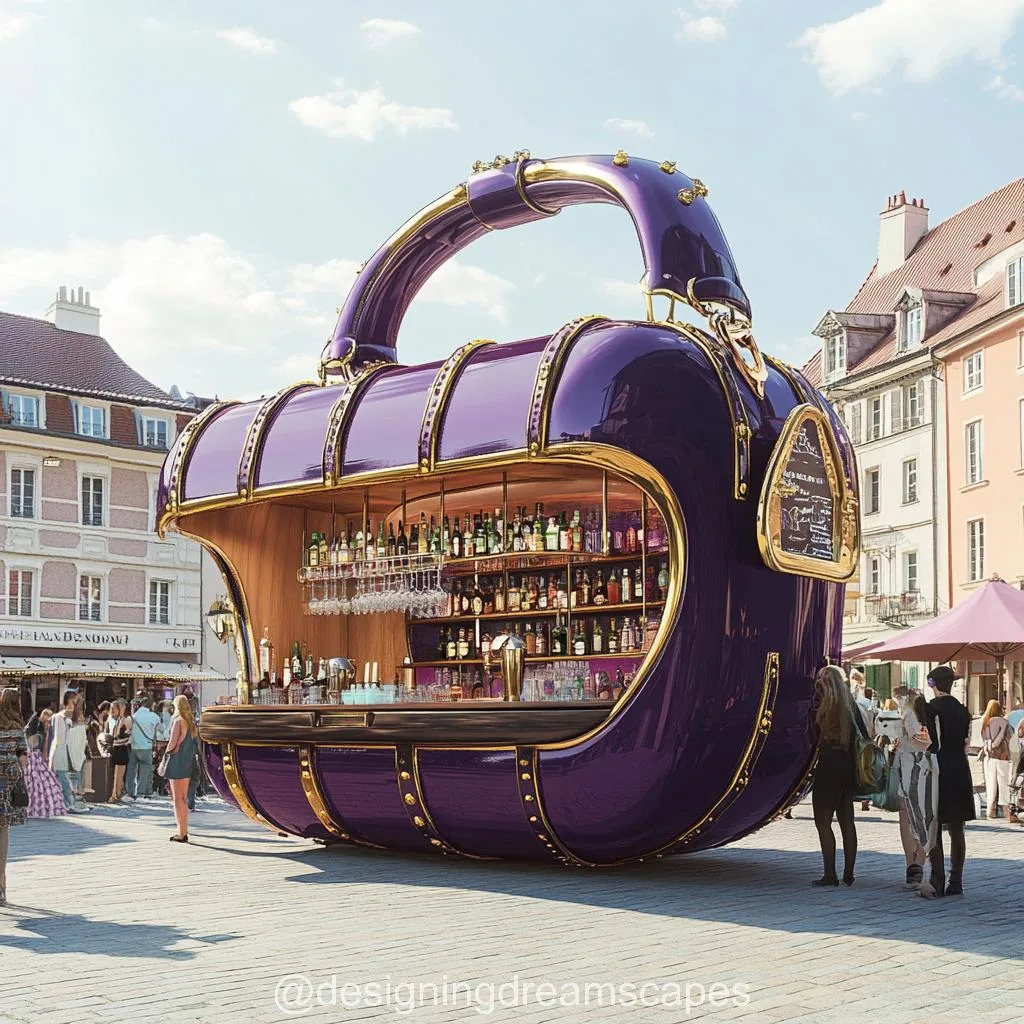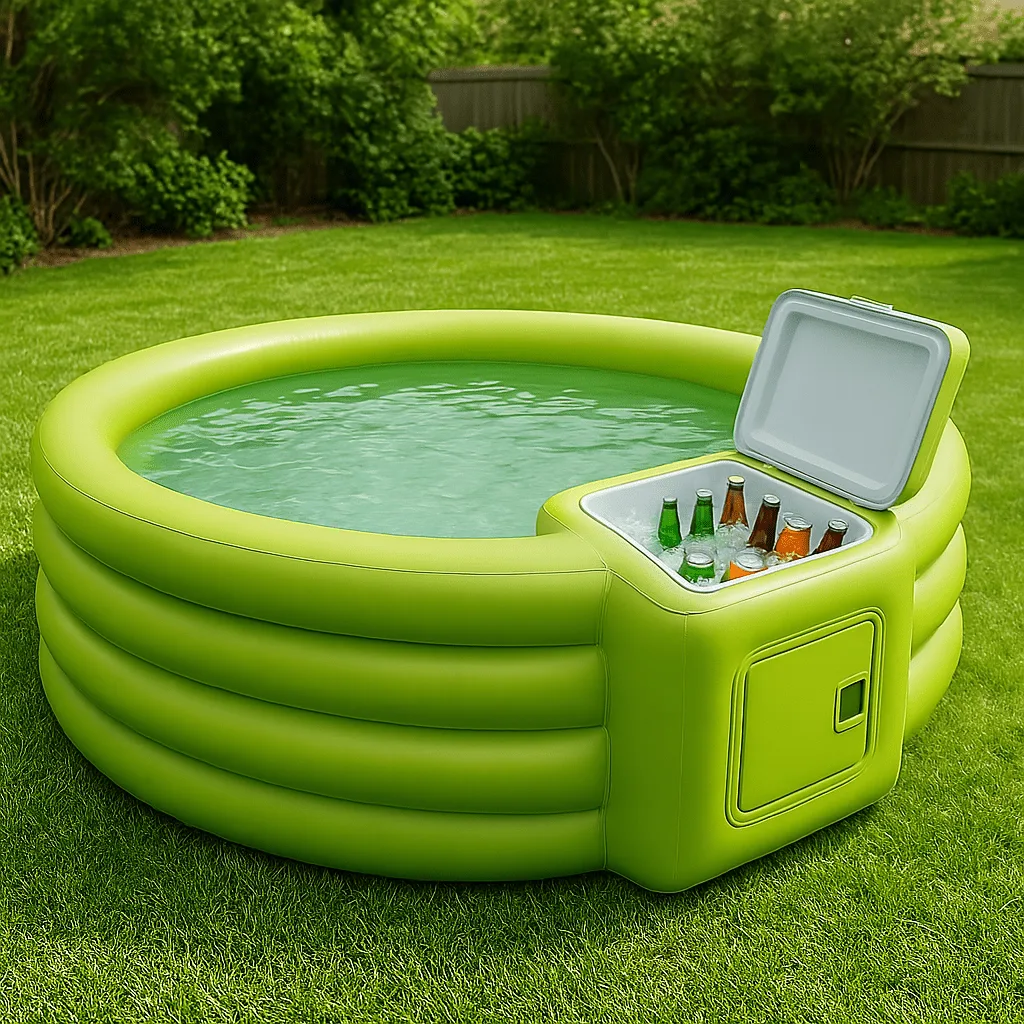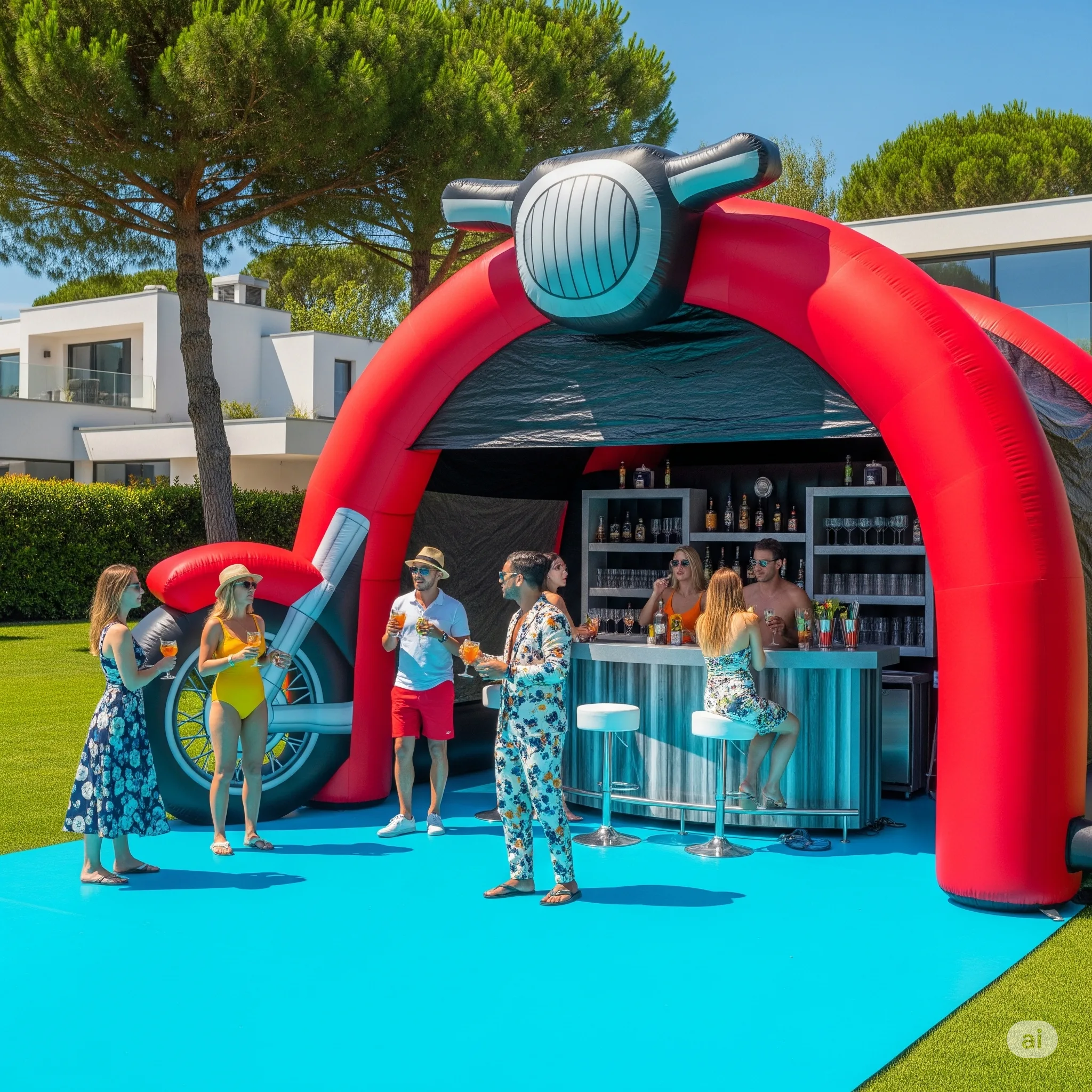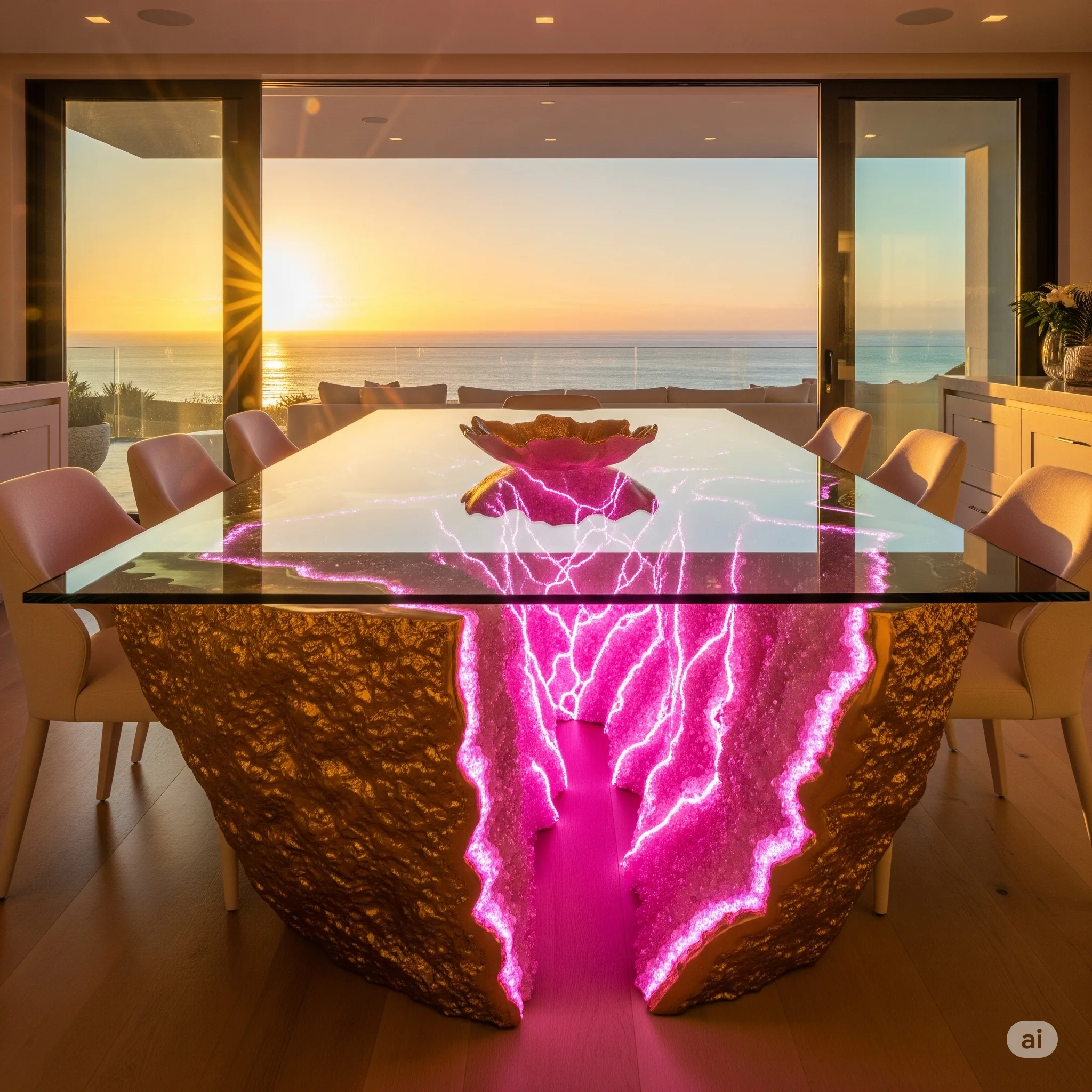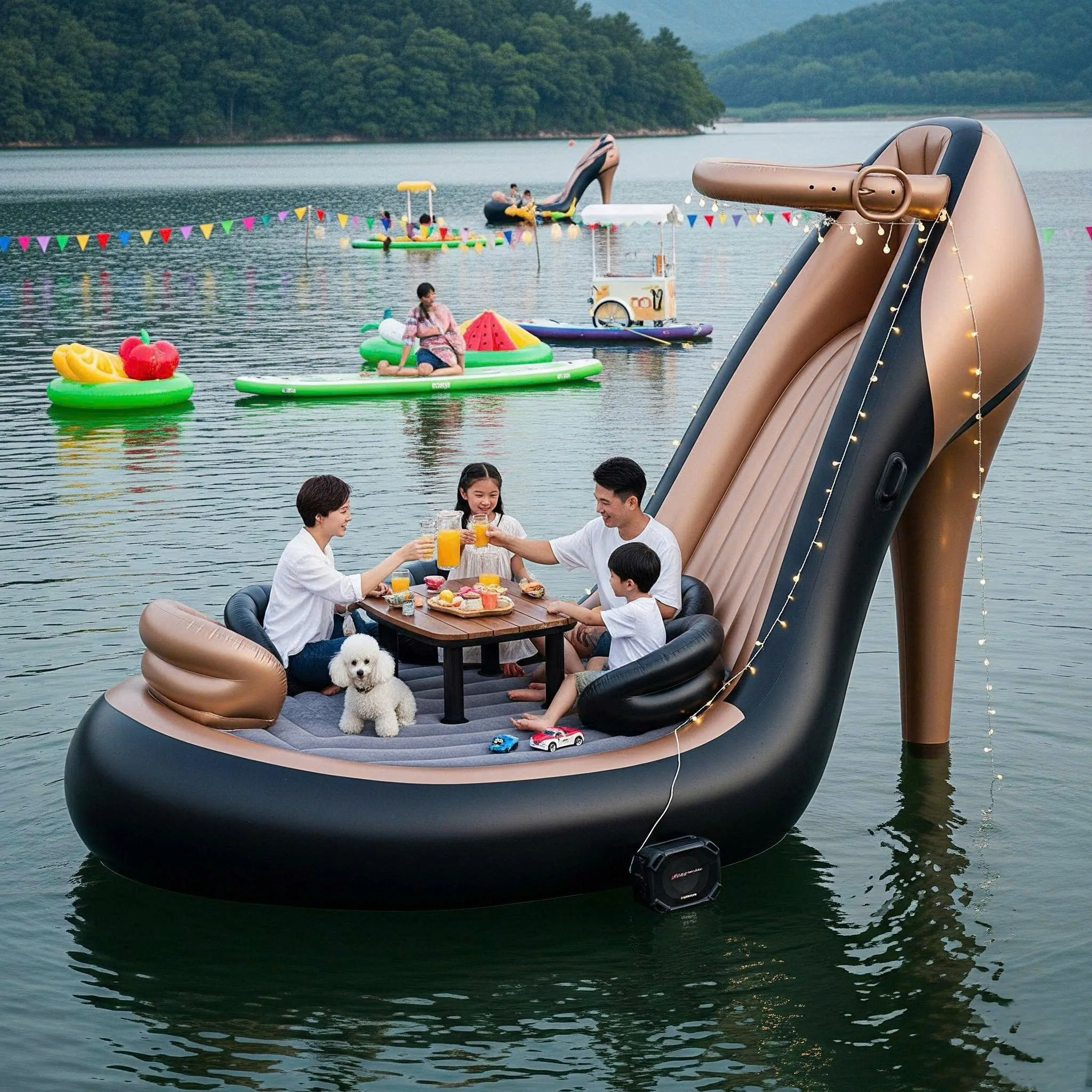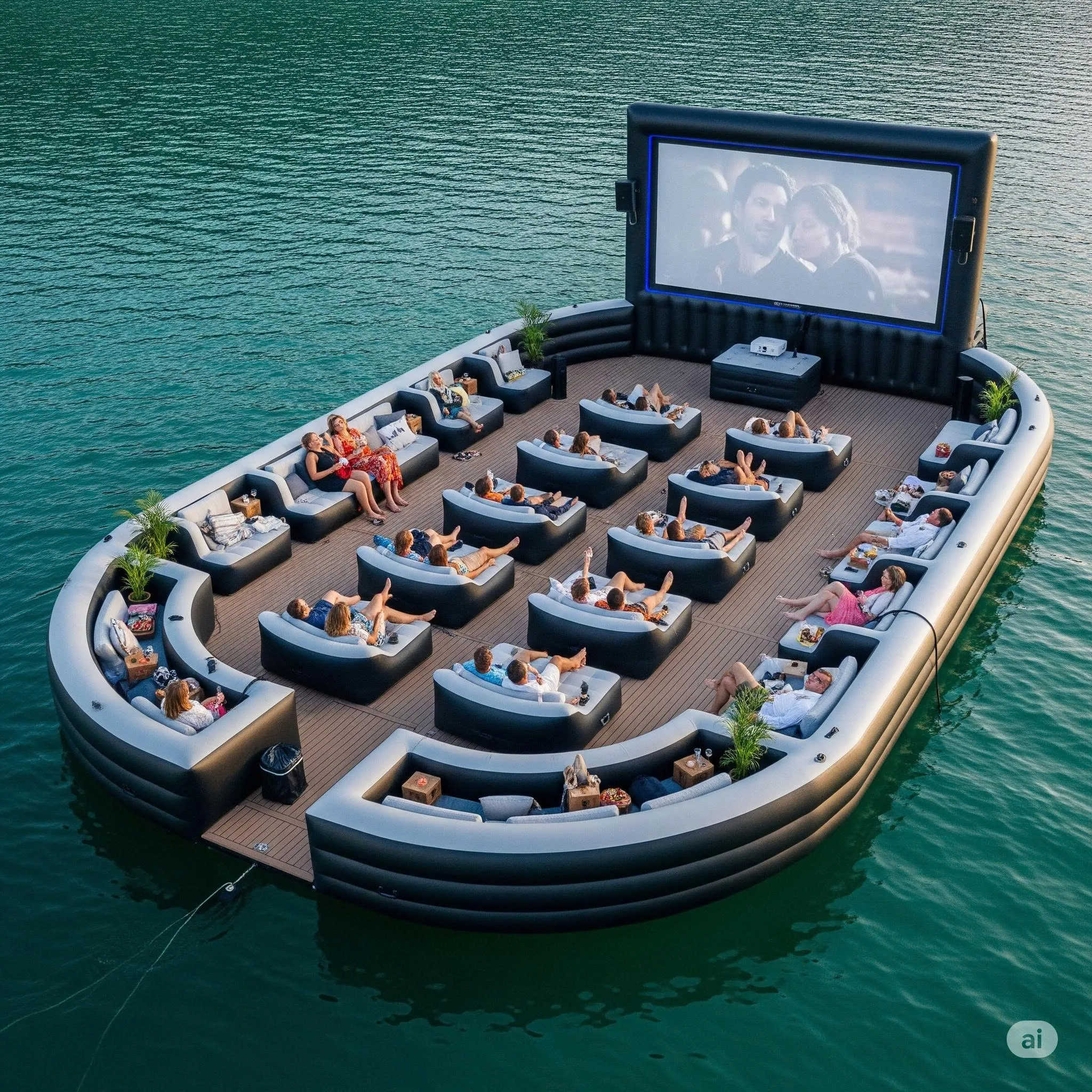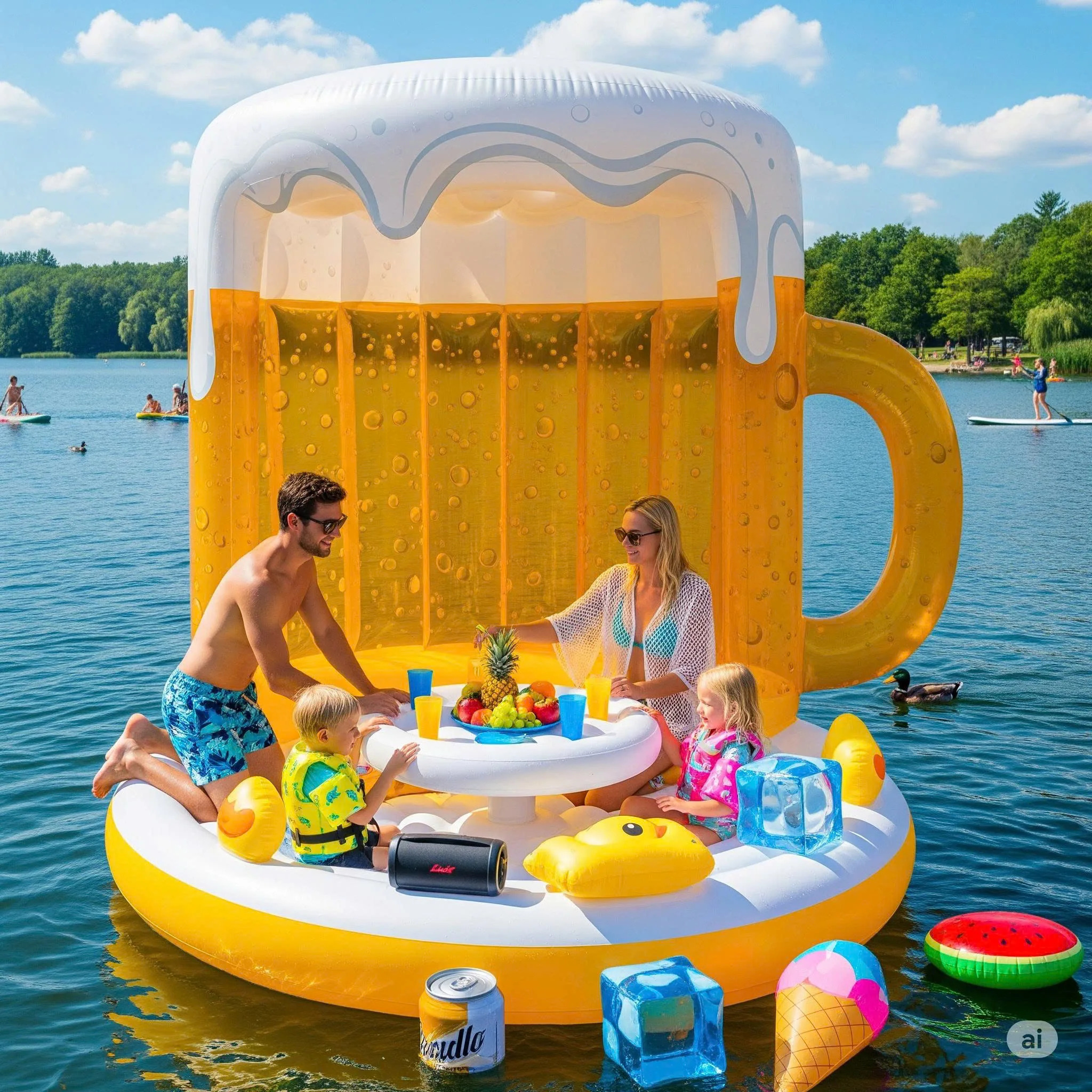Contents
Brewing Style – The Allure of the Handbag-Shaped Coffee Kiosk
In today’s hyper-visual consumer landscape, a brand’s identity is no longer limited to logos or packaging—it extends to the very architecture of its business. One of the most inventive and eye-catching examples of this modern trend is the handbag-shaped coffee kiosk, a concept that blends fashion, function, and flavor into one unforgettable retail experience.
With the increasing competition in the coffee industry, businesses are seeking bold ways to distinguish themselves and make a lasting impression. The handbag-shaped coffee kiosk offers a perfect solution—it’s a conversation starter, a selfie magnet, and a symbol of luxury and creativity. Rather than just serving coffee, these kiosks serve an experience: one that is infused with style, design, and high aesthetic value.
This article explores how the handbag-shaped coffee kiosk has emerged as a novel and successful concept in retail design. From its architectural appeal and symbolic richness to its business advantages and cultural significance, this striking structure is more than a gimmick—it’s a marketing masterpiece.
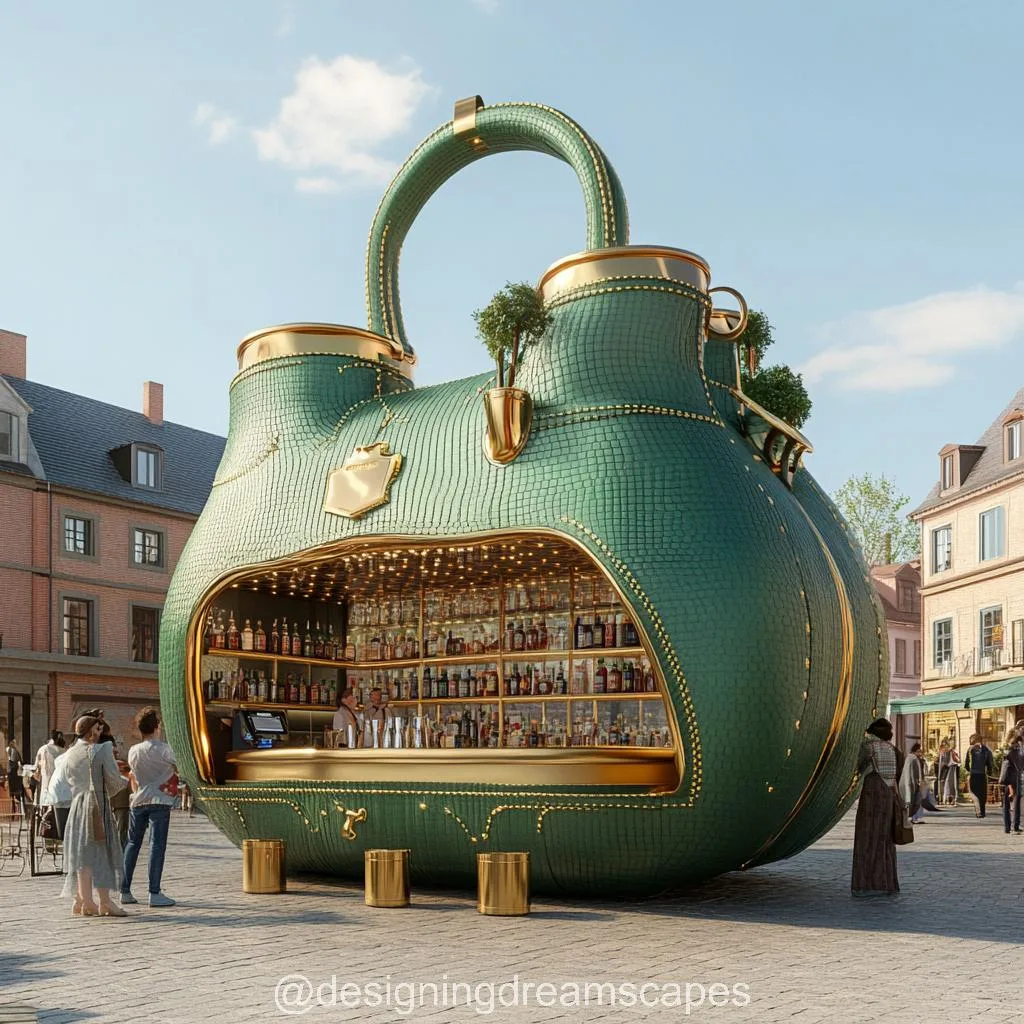
The Origin of Iconic Retail Design Concepts
Designing commercial spaces that double as brand statements has become an effective marketing strategy. From shipping container restaurants to ice cream vans shaped like cones, unconventional kiosks have long played a role in drawing crowds and building buzz. The handbag-shaped kiosk, however, takes this trend a step further by tapping into the world of luxury fashion.
The shape of a handbag immediately conjures associations with elegance, high-end lifestyle, and personal style. By mimicking this iconic fashion accessory, designers can instantly connect with a broad audience, especially one that values aesthetics and uniqueness.
While it’s unclear exactly where the first handbag-shaped coffee kiosk originated, the trend has quickly gained traction in style-conscious cities and tourist-heavy areas. These kiosks offer more than just caffeine—they reflect culture, sophistication, and the blending of different lifestyle sectors.
Visual Identity Meets Functional Architecture
A handbag-shaped kiosk is not just about the surface; it requires smart architectural planning and innovative construction. Typically, these kiosks are built using high-strength, weather-resistant materials such as fiberglass, molded aluminum, and steel framing to ensure they’re both durable and visually accurate to a handbag’s contours.
The kiosk often features sculpted handles, textured surfaces resembling leather or quilted patterns, oversized zippers or metal accents, and color schemes that match fashion trends—such as rose gold, matte black, or cream white. Windows may be cut in creative shapes that resemble clasps, tags, or accessory compartments, further enhancing the illusion.
From a functionality perspective, these kiosks are ingeniously compact, often containing a full espresso setup, pastry display, point-of-sale system, and small storage space within their sculptural form. Hinged walls, retractable counters, and modular shelving help maximize interior efficiency while preserving the handbag silhouette.
The result is a highly photogenic yet fully operational coffee stand that caters to both fashionistas and coffee lovers.
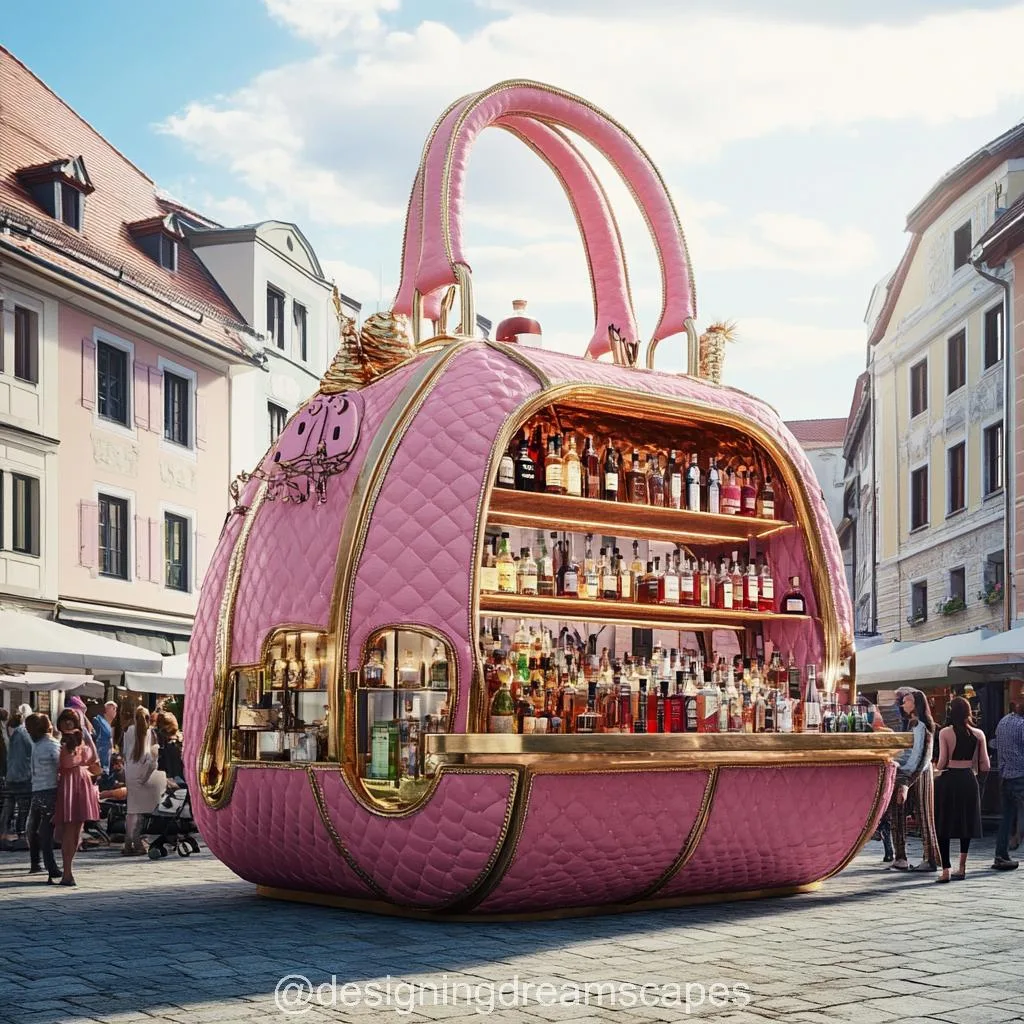
Cultural Symbolism and Target Demographic
The handbag is more than just an accessory—it’s a cultural icon. In many parts of the world, handbags represent status, personality, and even independence. A luxury handbag can signal success, taste, or individuality. By tapping into these cultural associations, the handbag-shaped coffee kiosk instantly connects with a demographic that is design-savvy, socially engaged, and often influential on platforms like Instagram or TikTok.
These kiosks attract a wide range of customers: fashion-conscious women, couples on dates, social media influencers, tourists seeking memorable experiences, and everyday commuters looking for a dose of caffeine with a side of novelty. The unique visual appeal acts as a magnet, drawing people who might not have even planned on grabbing a coffee.
Furthermore, this design opens doors for brand partnerships. Imagine a luxury fashion brand collaborating with a coffee company to launch a limited-edition line of drinks served exclusively at a co-branded handbag kiosk. This fusion of fashion and food creates a whole new avenue of marketing and consumer interaction.
Instagrammability: The Social Media Goldmine
In the digital age, aesthetics are everything—especially when it comes to food and beverage marketing. The handbag-shaped kiosk is tailor-made for social media. Its whimsical, unexpected form encourages people to stop, snap, and share, effectively turning every customer into a promoter.
Coffee brands benefit immensely from the organic exposure. Every post, reel, or story shared from the location builds brand awareness and draws curiosity-driven traffic. Hashtags, location tags, and user-generated content ensure that the kiosk’s reach extends far beyond its physical footprint.
Some businesses go a step further, designing specific selfie spots around the kiosk, integrating seasonal decorations (like giant sunglasses in summer or scarves in winter), and offering branded props. This not only adds to the experience but encourages repeat visits and customer loyalty.
Design Versatility and Thematic Expansion
While the handbag motif is inherently associated with luxury and femininity, it can be adapted to suit various styles and themes. A sleek black clutch-inspired kiosk with gold accents might appeal to a corporate or upscale audience. A pastel handbag with floral detailing might work well in parks, malls, or resort areas. Even vintage handbag designs can evoke nostalgia and charm in urban or artsy districts.
The versatility also extends to events and temporary pop-ups. These kiosks are often designed to be mobile, allowing businesses to deploy them at fashion shows, music festivals, or cultural markets. Their presence automatically adds an aura of design-forward thinking and whimsy.
Businesses can also align the kiosk design with specific product launches. For example, a caramel latte promotion might be served from a tan leather-inspired kiosk with caramel-gold finishes. Thematic alignment between the design and menu builds cohesion and deepens the customer’s emotional connection to the experience.
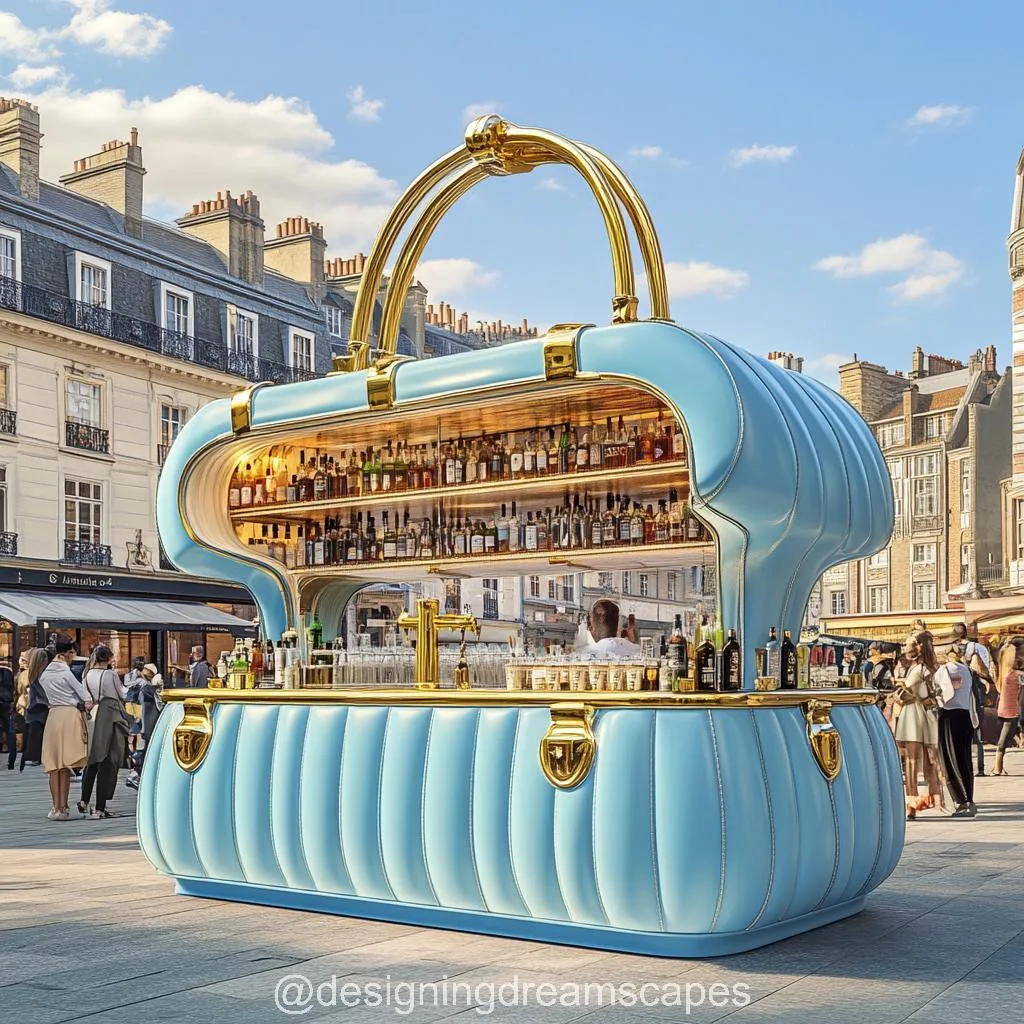
Business Advantages: Beyond Aesthetics
While the design attracts attention, the benefits of a handbag-shaped kiosk go deeper. First, it enhances brand recall. People might forget the name of a generic stand, but they’re unlikely to forget the place where they bought coffee from a giant purse.
Second, it creates differentiation in saturated markets. With coffee shops on nearly every corner, standing out is crucial. A handbag-shaped kiosk offers that unique edge—without requiring a massive storefront or long-term lease.
Third, it invites impulse purchases. People are naturally drawn to novelty. A person who had no intention of buying coffee might be intrigued enough to stop, and once they’re there, the aroma and ambiance do the rest.
Finally, these kiosks can command premium pricing. Because the experience is as valuable as the drink itself, customers are often willing to pay a bit more. The design positions the brand as chic, upscale, or boutique—justifying higher margins.
Sustainability and Mobility
Modern handbag-shaped kiosks are also aligning with the growing demand for sustainability. Eco-friendly materials like recycled plastics or sustainable woods can be used in construction. Solar panels can be integrated into the roof design to power lighting or equipment. Compostable cups, ethical sourcing, and minimal packaging can all be part of the kiosk’s value proposition.
Mobility is another strength. Many of these kiosks are mounted on trailers or designed to be easily moved. This opens up business models based on event catering, city tours, or rotating pop-up locations. Entrepreneurs can test different markets without the long-term risk and costs associated with fixed locations.
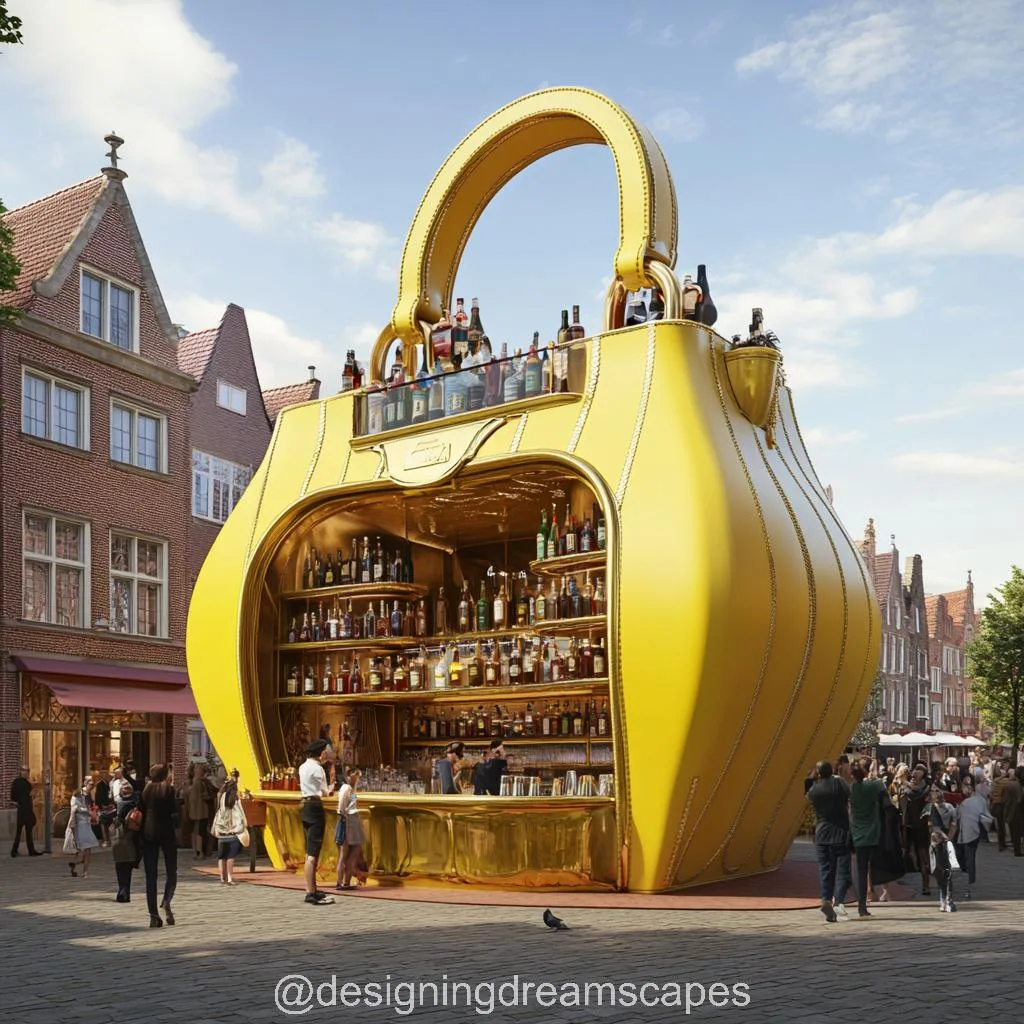
Future Trends and Expansion Potential
The handbag-shaped coffee kiosk is just one example of a larger trend: experiential and thematic design in retail. As consumers continue to value novelty, shareability, and emotional connection, we may see other accessory-themed kiosks emerge—perhaps shoe-shaped smoothie bars, lipstick-shaped ice cream carts, or wristwatch-style tea stands.
There’s also potential for tech integration. Digital order screens, AR filters that let customers “try on” virtual handbags while they wait, or AI-based drink personalization could elevate the experience even further.
Franchising opportunities also abound. A strong, replicable design can become a chain of kiosks across cities and countries, each adapted slightly to reflect local styles but maintaining brand coherence. It’s a scalable concept with international appeal.
Brewing Boldness Through Design and Imagination
The handbag-shaped coffee kiosk is more than an architectural novelty—it’s a symbol of how design, storytelling, and commerce can merge to create unforgettable experiences. In a world flooded with sameness, it dares to be different, blending the world of fashion with the rituals of coffee culture.
It attracts attention, invites interaction, and converts curiosity into commerce. For entrepreneurs and brands looking to make a splash, it offers the perfect mix of utility and uniqueness. For customers, it’s a chance to step into a moment of magic—where something as ordinary as ordering coffee becomes an event worth remembering and sharing.
Ultimately, the success of the handbag-shaped kiosk lies in its ability to stir imagination and spark delight. It’s proof that when creativity leads the way, even the smallest of spaces can leave the biggest impressions.


